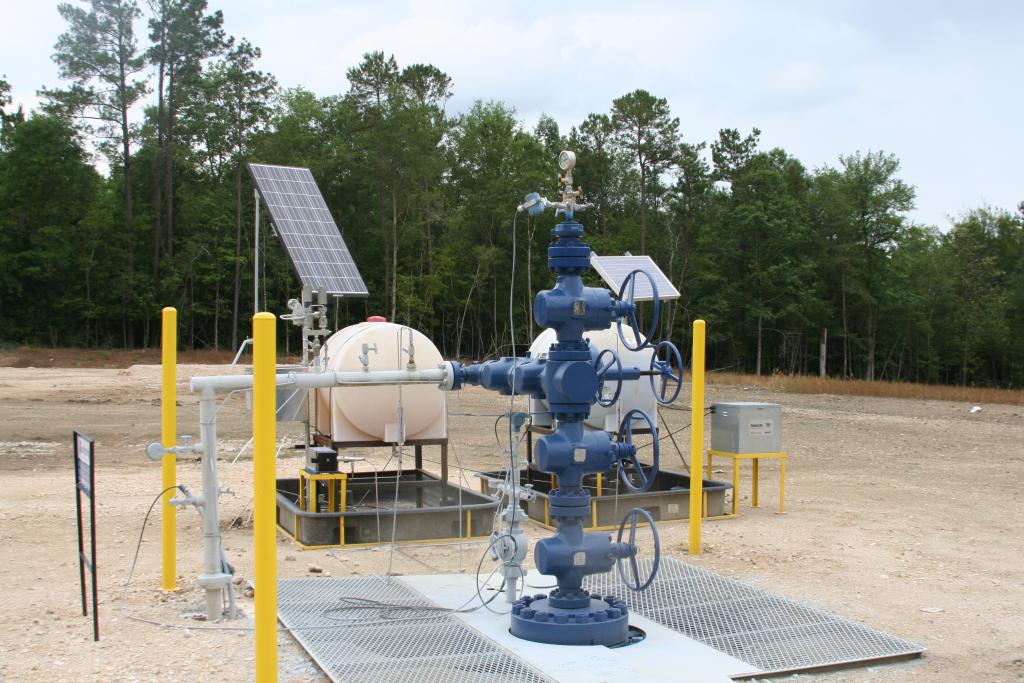
During the past few years, the worldwide oil market has been significantly impacted by price wars between nations that produce oil, COVID-19 disruptions, and the geopolitical climate.
The output control deal between eleven of the world’s top oil producers and the Organization of the Petroleum Exporting Countries expired in 2020. Oil production dramatically rose in April of the same year following Russia’s decision to deny further cuts proposed by the de facto OPEC leader, Saudi Arabia. The latter responded by producing more oil and offering its product at a discount.
As a result of an oversupplied market that suffers from a lack of demand, the prices of oil turned negative. With some pressure from the United States, OPEC and Russia finally agreed to slash production by 9.7 million bpd – the single biggest output decrease in history.
The demand for oil returned in 2021 as worldwide COVID-19 lockdowns abated and eased, pushing oil prices higher. This year, Russia’s aggressive Ukraine invasion has sent the prices of oil surging.
Read on to get a glimpse of the biggest oil producers. The statistics are from the Energy Information Administration.
1. United States
The U.S. tops the list with a production of 18,875,000 bpd. From its 2020 level, its output increased by 266,000 bpd. Texas remains in the top spot as the largest oil-producing state in the country, boasting an output that is almost 4 times as high as the 2nd largest oil-producing state, New Mexico.
contact dw energy
Want to learn more about oil & gas investing? Our expert team can provide you with more information or schedule a consultation to talk about diversifying your investment portfolio.

2. Saudi Arabia
The country’s oil output came in at 10,835,000 BPD last year, possessing 17% of the total proven petroleum reserves on a global scale. Saudi Arabia is also the world’s biggest petroleum exporter. Its oil and gas sector accounts for about 85% of its export earnings and 50% of its gross domestic product.
3. Russia
Before 2020’s production cuts, the oil output of Russia had spent a couple of years climbing. It hit 10,778,000 bpd the previous year. Most of the country’s reserves are in the Urals-Volga region and in West Siberia. Russia accounts for 10% of the worldwide oil output. However, the United States, Canada, Australia, and the United Kingdom have banned Russian oil imports in response to its war in Ukraine – and this represented around 13% of the country’s oil exports.
4. Canada
Next to Russia is Canada, which has an annual production of 5,558,000 bpd in 2021. Almost all of the country’s oil reserves are situated in Alberta. 97% of its reserves are derived from oil sands. Exports to the United States account for a huge majority of Canada’s energy exports. But, Canada is creating new means to diversify its trading partners due to political and economic considerations.
5. China
In 2021, China’s yearly output was 4,993,000 bpd. China is the 2nd biggest oil consumer in the world and is the largest net importer of oil globally. According to Reuters, during the first few months of this year, the nation’s oil refineries have been slashing oil production due to COVID-19 lockdowns.
Get more exclusive insights on the world of oil – oil investing, tax breaks, diversified investment examples, and up-to-date coverage of the latest happenings in the oil market – by visiting DW Energy Group’s Insights page.
Contact dw energy
Sources:
“OPEC reaches agreement to cut oil production to 32.5 million barrels a day: Oil ministers,” CNBC, https://www.cnbc.com/2016/11/30/opec-reportedly-reaches-agreement-to-cut-oil-production.html
“OPEC and allies finalize record oil production cut after days of discussion,” CNBC, https://www.cnbc.com/2020/04/12/opec-and-allies-finalize-record-oil-production-cut-after-days-of-discussion.html
“Petroleum and other liquids,” U.S. Energy Information Administration, https://www.eia.gov/international/data/world/petroleum-and-other-liquids/annual-refined-petroleum-products-consumption
“Crude oil production in the United States in 2021, by state,” Statista, https://www.statista.com/statistics/714376/crude-oil-production-by-us-state/
“Saudi Arabia facts and figures,” OPEC, https://www.opec.org/opec_web/en/about_us/169.htm
“The Russian Oil Supply Shock of 2022,” Federal Reserve Bank of Dallas, https://www.dallasfed.org/research/economics/2022/0322
“Russia could lose 30% of its oil output within weeks, IEA warns,” CNN Business, https://edition.cnn.com/2022/03/16/energy/russia-oil-output-opec/index.html
“Oil Sands Procurement from Indigenous Suppliers Increases to $2.4 billion,” Canada’s Oil & Natural Gas Producers, https://www.capp.ca/news-releases/oil-sands-procurement-from-indigenous-suppliers-increases-to-2-4-billion/
“Canada,” U.S. Energy Information Administration, https://www.eia.gov/international/analysis/country/CAN
“China refinery output slips to 5-month low as crude price, lockdown hit demand,” Reuters, https://www.reuters.com/business/energy/china-refinery-output-slips-5-mth-low-crude-price-lockdown-hit-demand-2022-04-18/
